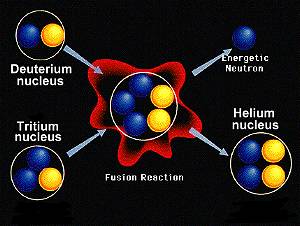CHARACTERISTICS OF MINERALS
MINERAL PROPERTIES
Are the characteristics of a mineral that helps define it.
Color: The color of a mineral helps define it's color ( gray, green, pink etc..) or colorless/white.
Crystal: Is a mineral that is transparent, you can see thew it. Such as Quartz which is made out of crystal.
Luster: The luster is the property of minerals that points out how much light is being reflected on the mineral.
Hardness: The hardness of a mineral helps tell if the mineral is soft or hard. For example the Diamond is the hardness mineral. Based on Moh's hardness the diamond is 10.
Moh's Scale: The Moh's Scale determine how well a substance can scratch another object.
Cleavage: When a mineral breaks in a cleavage way it means at an even way.
Streak: Streak is the color of the mineral.
Fracture: When a mineral breaks in a fracture way it means the mineral broke at an un-even way.
Density: The density of a mineral is how much mass it has for a given value.
Characteristics of Minerals Video
-LAB-
CHARACTERISTICS OF MINERALS
1. What did you enjoy most about this project and why?
What I enjoyed most about this project was creating my own lab activity and teach other people about the characteristics of different types of minerals.
2. What was most challenging for you during this project?
The most challenging thing for me during this project was working with my partner. Because sometimes she came late or was absent and that was really hard to get most of the work done.
3. What new skills did you learn from doing this project?
What new skills I learned from doing this project was to be patient with other people. Because not everything will turn out the way you'd expect it to be, but you have to be patient with things in life in order to succeed.
4. Is there anything that you could have done to improve any of your work? Explain.
If I could have done anything differently I would go back and correct my spelling and grammar.





.jpg)

.jpg)










